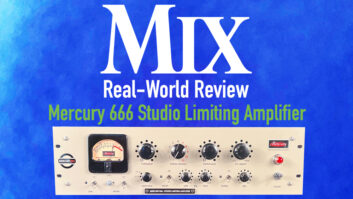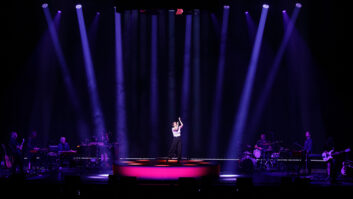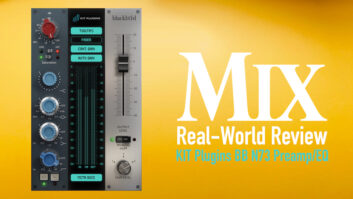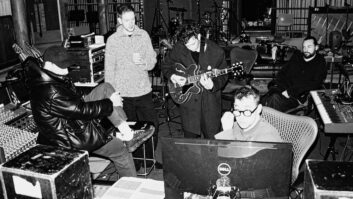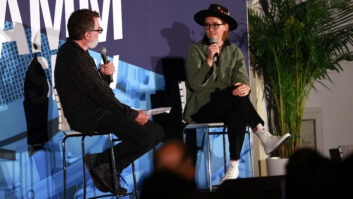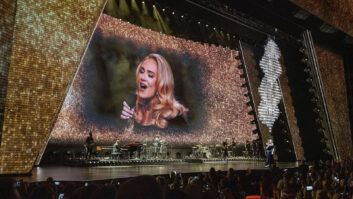For the past couple of years, I’ve been meeting my brother Kit and his daughters in the Tennessee countryside for some good times at Bonnaroo. He’s a poli sci professor at LSU in Baton Rouge, and each year he’s traveled up in an RV with a colleague from the English department, Sharon, and her family. It’s big-time fun, sort of like a tailgating family reunion with better music. This year, during a Zac Brown Band performance, Sharon looked up from her chair with a big smile and said, “People ask me what kind of music I like, and I say, ‘Live Music!’”
That still makes me laugh, and I’ve used the line myself since. But it also got me thinking: What drives her — and millions of others each year — to go see live music today? When hi-def concert experiences are available at home and movies have gone 3D. When the overall economy is down and ticket prices are up. When the spectacle often outshines the performance. What drives her to go to a field in Tennessee for a weekend or a small club in Louisiana on a Thursday night?
It’s the same thing that fuels the live sound engineer: the sense of immediacy, the energy, the possibility of something new every night. She doesn’t want a re-creation of the album when she’s in the audience; she wants a performance. She doesn’t care about all the equipment thrown at a production or the presence of playback tracks. She wants to rock out. She doesn’t care that the artist is making more off merch or had to give some tickets away to fill a house. She’s after the magic.
And so is the engineer. Many of the best tracking and mixing engineers in our industry started off as live engineers. There they learned how to listen each night, to respond and adapt to changing conditions, as the music warranted. They learned to balance a stage by the end of the first song and to mix dynamically as crowd volume rose or guitars poked out front. They mixed a new show every time out, without presets and programs. The buzz, the adrenaline, the magic happened each night, without a net. It still does.
So here’s a Mix salute to live sound engineers. They work long hours away from home for less pay than you might think; they eat bad food and sleep in buses for months on end; they walk into a new room every night and make “challenging” systems sound good. They bring us the magic.
We are thrilled this month to debut a new column at the front of the magazine: “Gear Stories With Sylvia Massy.” Each month, Massy, a Grammy-winning engineer/producer of rather unconventional style, will pick a single piece of equipment and talk about its application on a specific record, sort of her take on “Classic Tracks With Gear.” From her travels through the S.F./L.A recording scene of the late-‘80s/early ‘90s, Massy assembled quite a discography, working with the likes of Tool, Prince, Johnny Cash, Tom Petty, Red Hot Chili Peppers, System of a Down, Smashing Pumpkins and many more. She left the urban wilds of L.A. for the remote wilds of Weed, Calif., in 1999 and set up RadioStar Studios, where she continues to produce and engineer local and national projects. In her first column, fitting with our theme, she talks about how she got a studio vocal out of Tool by applying some live sound techniques and technology. We hope you enjoy the column.
